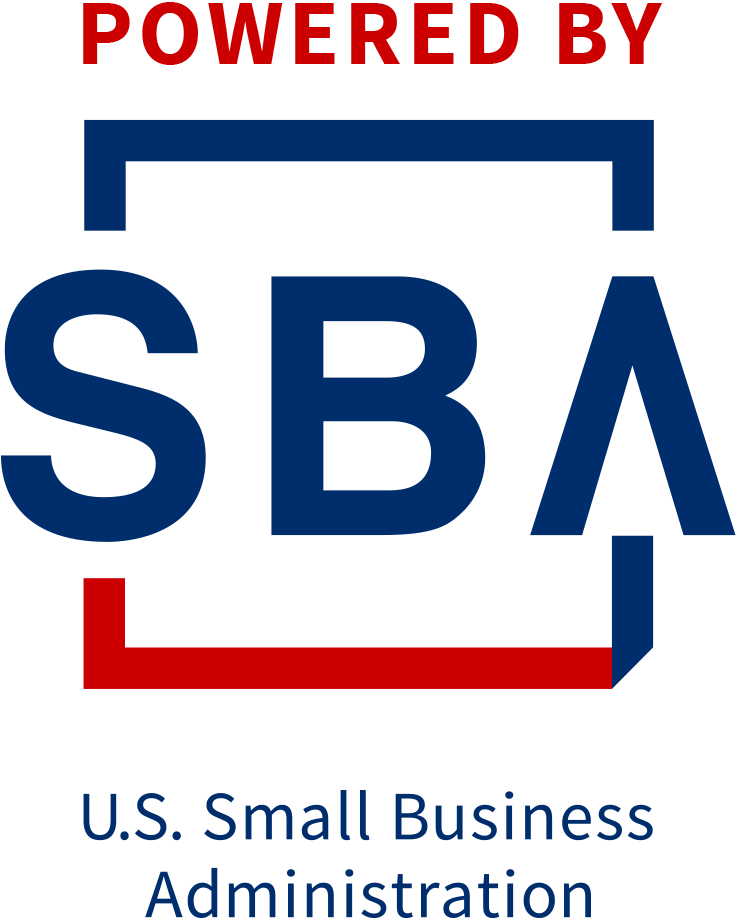At the outset of 2020, the cannabis industry appeared poised for a series of incremental changes: a number of states were considering decriminalization and legalization measures, and support was growing for federal legislation allowing cannabis businesses access to banks and financial services. Then the COVID-19 pandemic hit, which disrupted state legislative sessions (and legislative priorities), obstructed signature gathering for ballot initiatives, and reshuffled federal priorities. However, despite all of these changes, the cannabis industry has seen significant developments across the country. Beyond of course the many challenges and losses brought by the pandemic and its aftermath, in some ways, it may prove a boon for the industry.
Legalization and Decriminalization
Currently around a dozen states have legalized cannabis for recreational use, while just under two dozen states allow use of medicinal cannabis. With support for legalization measures steadily growing in most states, a number of major states seemed poised to pass legislation legalizing recreational cannabis, including large potential markets in the Northeast such as New York, New Jersey, Connecticut and Pennsylvania. And in many other states, advocacy groups were well underway gathering signatures to qualify legalization measures for the November 2020 ballot. When the pandemic hit, however, state legislatures largely suspended their normal operations, and signature gatherers were stymied by stay-at-home orders and social distancing requirements.
Despite these major obstacles, legalization and decriminalization legislation has continued to move forward in a number of states, and still others will have legalization referenda on the ballot for November’s election. Perhaps more important than these initiatives themselves are the diverse states that are moving toward loosening of restrictions around cannabis: rather than being limited to a handful of especially liberal states, cannabis advocates are seeing tangible progress is every geographic area, among states whose political leanings span the spectrum.

While the Northeast corridor had planned to undertake legalization efforts in a coordinated fashion this year, those results were put on hold given the seriousness of initial COVID-19 outbreaks in the greater New York area. However, the New Jersey General Assembly nevertheless passed decriminalization legislation, though the matter has not yet cleared the New Jersey Senate, and the appetite for full-scale legalization remains strong there, with a ballot initiative going directly to voters in advance of the New Jersey Legislature considering the issue. The Commonwealth of Virginia enacted decriminalization legislation also, and a legislative caucus in Virginia has pledged to introduce recreational legalization legislation this summer when Virginia convenes a special legislative session. Voters in Mississippi and South Dakota will be able to vote on ballot initiatives to legalize recreational cannabis, and similar ballot initiatives are underway or likely in Arizona and Nebraska. Advocates in Arkansas and Oklahoma had also hoped to bring initiatives to the ballot, but have encountered practical and legal obstacles to gathering the required signatures in time for this year’s election.
These myriad initiatives reflect a strong shift toward legalization of recreational cannabis across the country, and the ability to continue gathering signatures and momentum despite stay-at-home orders and social distancing underscores the growing popularity of the movement. Whether through the legislature or directly by the ballot, it seems all but certain that the number of states permitting recreational cannabis will grow significantly this year.
COVID-19 Business Closures
As the COVID-19 pandemic took hold in the early months of 2020, most states instituted various forms of stay-at-home orders that required the closure of nonessential businesses. While these policies had—and continue to have—serious impacts on businesses of every type, cannabis companies have largely seen strong economic growth notwithstanding.
 One of the most important developments in this space came in the context of state and local governments designating certain businesses as “essential” for purposes of business closure orders. In nearly every state to consider the issue—Massachusetts being the main outlier—state and local governments recognized cannabis companies as essential, which allowed them to operate during the shutdown.
One of the most important developments in this space came in the context of state and local governments designating certain businesses as “essential” for purposes of business closure orders. In nearly every state to consider the issue—Massachusetts being the main outlier—state and local governments recognized cannabis companies as essential, which allowed them to operate during the shutdown.
The “essential” designation largely carried between both recreational and medicinal cannabis jurisdictions. And this matters because of what it means for the industry. State and local governments clearly realize the important medicinal role that cannabis plays for patients dependent on it for treatment, and the overlapping customer bases of mixed dispensaries further contributed to keeping cannabis companies open during the pandemic. Even in states where certain dispensaries operate solely in a recreational capacity, those jurisdictions recognized the importance of allowing access to a safe recreational substance, like alcohol, during prolonged stay-at-home orders.
 Similarly, likely as a result of those same stay-at-home orders, cannabis companies largely saw significant increases in sales revenue. More customers visited retail establishments, and those customers often purchased more product per visit. This resulted in better-than-expected sales revenue for cannabis companies, and also produced increased tax revenues for state and local governments.
Similarly, likely as a result of those same stay-at-home orders, cannabis companies largely saw significant increases in sales revenue. More customers visited retail establishments, and those customers often purchased more product per visit. This resulted in better-than-expected sales revenue for cannabis companies, and also produced increased tax revenues for state and local governments.
The cannabis industry saw more than just increased sales, however. In the process of issuing emergency rules for the cannabis industry during quarantine, a number of state and local jurisdictions either began to allow cannabis deliveries or expanded its availability, a shift in policy that may stick around well after the pandemic subsides.
One final impact of the pandemic may also help push legalization initiatives forward in the coming years: decreased tax revenue and major budget gaps. Due both to a decrease in economic activity like shopping and dining, as well as the unexpected health care costs associated with responding to the COVID-19 crisis, state and local budgets are expected to see significant shortcomings for years to come. In response, state and local governments are starting to see cannabis as a significant and viable source of tax revenue. For example, various cities in California that had previously been reluctant to permit recreational cannabis are beginning to welcome cannabis companies in hopes of making up for lost tax revenue. Similarly, in New Mexico, where legalization has remained a heated topic of discussion, Gov. Lujan Grisham has explicitly expressed her regret that the state failed to legalize cannabis, recognizing that tax revenues from the industry could have reached upwards of $100 million. Other state and local governments are coming to similar realizations, which should help propel expanded access to legal cannabis in coming years.
Federal Changes
Major changes in the cannabis industry in 2020 have not been limited to the states. In the midst of changes and crises across the country, the federal government has been making meaningful progress in two major respects, COVID-19 notwithstanding.

First, cannabis companies are edging closer to having full access to banks, bank accounts and related financial services. The SAFE Banking Act, championed by Rep. Perlmutter, has made it through the House of Representatives and is currently in the Senate Committee on Banking, Housing, and Urban Affairs. However, as Congress continues to toil away at future COVID-19 relief legislation, political signals from Washington, D.C., suggest there is a reasonable likelihood that the protections of the SAFE Banking Act will be included, in some form, in the next round of major COVID-19 legislation out of Congress. The enactment of these banking provisions will provide substantial relief to cannabis companies who have largely been excluded from opening bank accounts and utilizing the services major banks provide. Additionally, allowing access to banks and their services should further facilitate the rapid growth in the cannabis economy we are witnessing elsewhere, and this movement could further legitimize the industry as part of a broader push for federal legalization.
Second, after a four-year delay, the DEA has finally proposed draft rules to expand the DEA’s limited cannabis research program. For decades, all cannabis research to date has relied on limited supplies of cannabis grown at the University of Mississippi. Now the DEA is finally following through on its promise to further develop, refine and expand its research program by allowing additional suppliers and market participants to play a role in cannabis research. While the rules proposed are not without detractors and critiques—and the rules themselves have not been finalized—this marks an important step forward to a better understanding of the effects of THC on consumers, not only because more research is needed to understand a substance consumed by millions annually, but also because the limited supply of cannabis on which researchers currently rely has been shown to differ substantially in appearance, consistency and chemical composition from cannabis that is commercially available in states across the country. With an expanded research regime comes the hope that scientists will be able to develop new and innovative cannabis-derived medications, while also furthering our understanding of how THC affects health and the body.
At every level of government, the year in cannabis so far has proven to be far more eventful than many predicted. And the COVID-19 crisis has not slowed progress. There appears to be continued momentum to further mature how cannabis is treated at every level of government, which signals that significant changes are on the horizon. Industry observers will be closely focused on how the rest of the year proceeds, especially with a presidential election on the horizon.
Editor’s Note: This article was revised to clarify that New Jersey has not yet decriminalized marijuana. A decriminalization bill passed the New Jersey General Assembly, but the New Jersey Senate has not acted as of this writing.


































